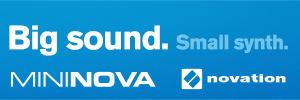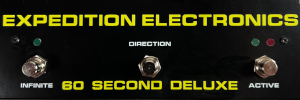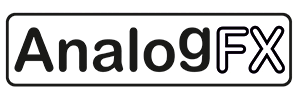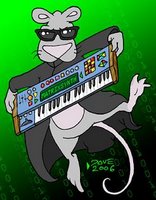Showing posts sorted by date for query The MARF Files. Sort by relevance Show all posts
Showing posts sorted by date for query The MARF Files. Sort by relevance Show all posts
Monday, July 10, 2023
The MARF Files: Ep 8 - The Flexible CV Processor & Slew Limiter For Your Sequencer. + Ref Envelopes!
video upload by Source Of Uncertainty
"A continuation from the last episode [episode 7 here]. The MARF becomes a quantizer, attenuator and slew limiter for the MEMS Project Sequential Voltage Source Model 245. I then delve into the Reference output and use it as a dynamic envelope."
Sunday, June 25, 2023
The MARF Files: Ep 6 - Suzanne Ciani Notes + Sequence Your Sequencer, And Double Your Fun!!!
video upload by Source Of Uncertainty
"I’m always trying to squeeze every last bit of functionality out of this module, and this is a pretty good way to do it as far as sequencing goes."
The MARF Files: Episode 7 - The Best Sequential Switch Ever Made & Matrix Sequencing???
video upload by Source Of Uncertainty
"In this episode I use the MARF as a sequential switch for the MEMS Project 245 sequencer in multiple different ways. The combination eventually becomes a 5x4 matrix sequencer!!!"
Source Of Uncertainty MARF Files
Monday, March 27, 2023
The MARF Files: Ep 4 & 5
External Clocking & The Factors Of Time video upload by Source Of Uncertainty
The MARF Files
The MARF Files: Ep 5 - The Best Buchla Envelope Generator, Or Best Envelope Generator…EVER??!!???!?
video upload by Source Of Uncertainty
"In this episode I cover how to make simple envelope shapes with the MARF, and how to augment them with different CV sources to make them more dynamic and expressive.
I apologize for always saying the word 'decay' when I mean to say 'release' in regards to the ADSR envelopes. My Buchla based brain is always thinking in attack/decay terms.
Here is a link to a video where similar envelope types are used in a larger patch:"
Buchla Dirge
"Using the 248 MARF and 223e touch controller to play around with 3 different CV augmented MARF envelopes."
Monday, February 27, 2023
Monday, February 20, 2023
Monday, February 13, 2023
Wednesday, February 08, 2023
The MARF Files: Ep 1 - Strobed Slopes & Suzanne Ciani’s “String Patch”
video upload by Source Of Uncertainty
"Max Lord’s MARF Cookbook:
https://github.com/wir35/marf-book"
Update: and some Buchla Jazz from Source Of Uncertainty's DARK SPARKLER channel:
Buchla Jazz
video upload by DARK SPARKLER
Source Of Uncertainty The MARF Files
Thursday, November 15, 2007
Grant Richter on the Wiard Envelooper
via the Wiard list.
Short version:
"Think of it as a sampler for the control signals that make up synthesis, rather than the audio output of the synthesis. That means it is parametric, which means you can goof around with the routing of signals, reversing signals, switching the order of signals in order to create new phrases from other material."
Long version:
"I can tell you the most about the Envelooper as I am almost ready to start PC board layout for that one.
Back in 1999, a 27C512 EPROM cost about $5, now the 27C801 EPROM, which is a 1 megabyte unit is the same price. So all the new designs are going to use the 1 megabyte EPROM for storage.
The larger EPROM sizes are pin compatible with earlier pin layouts like the 27C512. You can actually wire a Grayhill binary encoder (from Allied for about $15) to the extra 4 address pins on a 27C801 and plug it into a Wavefrom City board. That would give you the equivalent of 16 x 27C512 in the same space. That is if there are now 16 software banks for the Wavefrom City and Mini-wave. Dave Hylanders board is nice because it give you voltage controlled selectrion of 10 EPROMs, but you can fit a chip to hold 16 chips worth with a little kludging to any Waveform City or Mini-wave with a rotary selector switch.
The Mini-wave is a single arbitrary function generator (the least expensive ever offered). The Envelooper is a multiple arbitrary function generator. It has 4 outputs each of which will output one Mini-wave or Waveform City waveform at the same time. The Envelooper is setup to use these waveforms for control purposes.
The Buchla MARF is really nice, except it looks very complicated to use and understand. I tried to come up with a MARF that has an easy to understand user interface. I used something familiar, it is modelled after an ADSR. Each section of A,D,S and R is one 256 byte Mini-wave waveform, so 4 of these play in series (set by ADSR logic) for a total of 1024 steps, each on 4 individual tracks.
The tracks are targeted to certain functions: Track one is for pitches, track two is for waveshape control, track three is for VCF control and track four is for VCA control. But they don't have to be used that way, they are just control signals, and you can route them anywhere in the patch.
I tried drawing the waveforms with Wave256, with little success. I tried a program to
convert .MID files to the control signals, that is OK, but limits you to keyboard type phrases.
What I needed was a way to record actual control signal from all the synths that I have ito the correct format time aligned on 4 channels. Just yesterday I succeded in getting such a system working. I can now record control signals from my ARP2600, 1603 sequencer, all of the Buchla stuff, Joysticks, JAGs, Steiner EVIs and anything else that makes a usable set of control voltage, then store them as musical control signals on 4 paralell tracks.
The Envelooper has several operating modes. In "one shot" mode it behave just like an ADSR, using the gate and trigger signals. When gate and trigger go high, it goes to the attack phase and plays out the 256 values stored on each of 4 channels, then it switches to the decay phase and does the same, unless gate goes low, then it jumps to release phase, or a new trigger will make it jump to the begining of attack. If it gets to sustain, it loops at sustain until gate goes low, or a new trigger comes in.
That makes it sound complicated, but it is very intuative. There are 3 loop modes, in mode 1, it plays A-D-S-R in sequence and the time for each section is adjustable from 1 millisecond to about 25 seconds per section with 4 knobs. In mode 2, only the attack knob controls the loop speed for all sections (handy when you are using it like a sequencer). Mode 3 plays each section in reverse. There is a switch that will link the pitches to the playback speed so it acts like a tape recording would. Slower playback lowers the pitches, and faster playback increases the pitchs.
Think of it as a sampler for the control signals that make up synthesis, rather than the audio output of the synthesis. That means it is parametric, which means you can goof around with the routing of signals, reversing signals, switching the order of signals in order to create new phrases from other material.
Since there are 16 x 256 = 4096 section in the new PROM, I am inthe process of programming all 4096 waveshapes to make some kind of usable musical "gesture". The need to be a bit generic, so it is not just a tape recorder, but has snippets of musically useful material stored and ready to use in your compositions.
No one has ever do anything like it to my knowlwedge, which is the whole point of trying to advance the state of the art.
I am trying to be brief, but I hope that gives some idea of the new control module in the pipeline.
Maybe Gary or Doc will be willing to comment on the "gestural" theory of music analysis.
I am also being inpired by the work of the "sentics" people who relate physical gesture to emotion. Initially, they were studying the shapes of musical instrument key action over time and how it related to perceived emotion. Now they seem to have gone completely "new wave" and generalized the idea to far too much. But the core concept is still useful."
Short version:
"Think of it as a sampler for the control signals that make up synthesis, rather than the audio output of the synthesis. That means it is parametric, which means you can goof around with the routing of signals, reversing signals, switching the order of signals in order to create new phrases from other material."
Long version:
"I can tell you the most about the Envelooper as I am almost ready to start PC board layout for that one.
Back in 1999, a 27C512 EPROM cost about $5, now the 27C801 EPROM, which is a 1 megabyte unit is the same price. So all the new designs are going to use the 1 megabyte EPROM for storage.
The larger EPROM sizes are pin compatible with earlier pin layouts like the 27C512. You can actually wire a Grayhill binary encoder (from Allied for about $15) to the extra 4 address pins on a 27C801 and plug it into a Wavefrom City board. That would give you the equivalent of 16 x 27C512 in the same space. That is if there are now 16 software banks for the Wavefrom City and Mini-wave. Dave Hylanders board is nice because it give you voltage controlled selectrion of 10 EPROMs, but you can fit a chip to hold 16 chips worth with a little kludging to any Waveform City or Mini-wave with a rotary selector switch.
The Mini-wave is a single arbitrary function generator (the least expensive ever offered). The Envelooper is a multiple arbitrary function generator. It has 4 outputs each of which will output one Mini-wave or Waveform City waveform at the same time. The Envelooper is setup to use these waveforms for control purposes.
The Buchla MARF is really nice, except it looks very complicated to use and understand. I tried to come up with a MARF that has an easy to understand user interface. I used something familiar, it is modelled after an ADSR. Each section of A,D,S and R is one 256 byte Mini-wave waveform, so 4 of these play in series (set by ADSR logic) for a total of 1024 steps, each on 4 individual tracks.
The tracks are targeted to certain functions: Track one is for pitches, track two is for waveshape control, track three is for VCF control and track four is for VCA control. But they don't have to be used that way, they are just control signals, and you can route them anywhere in the patch.
I tried drawing the waveforms with Wave256, with little success. I tried a program to
convert .MID files to the control signals, that is OK, but limits you to keyboard type phrases.
What I needed was a way to record actual control signal from all the synths that I have ito the correct format time aligned on 4 channels. Just yesterday I succeded in getting such a system working. I can now record control signals from my ARP2600, 1603 sequencer, all of the Buchla stuff, Joysticks, JAGs, Steiner EVIs and anything else that makes a usable set of control voltage, then store them as musical control signals on 4 paralell tracks.
The Envelooper has several operating modes. In "one shot" mode it behave just like an ADSR, using the gate and trigger signals. When gate and trigger go high, it goes to the attack phase and plays out the 256 values stored on each of 4 channels, then it switches to the decay phase and does the same, unless gate goes low, then it jumps to release phase, or a new trigger will make it jump to the begining of attack. If it gets to sustain, it loops at sustain until gate goes low, or a new trigger comes in.
That makes it sound complicated, but it is very intuative. There are 3 loop modes, in mode 1, it plays A-D-S-R in sequence and the time for each section is adjustable from 1 millisecond to about 25 seconds per section with 4 knobs. In mode 2, only the attack knob controls the loop speed for all sections (handy when you are using it like a sequencer). Mode 3 plays each section in reverse. There is a switch that will link the pitches to the playback speed so it acts like a tape recording would. Slower playback lowers the pitches, and faster playback increases the pitchs.
Think of it as a sampler for the control signals that make up synthesis, rather than the audio output of the synthesis. That means it is parametric, which means you can goof around with the routing of signals, reversing signals, switching the order of signals in order to create new phrases from other material.
Since there are 16 x 256 = 4096 section in the new PROM, I am inthe process of programming all 4096 waveshapes to make some kind of usable musical "gesture". The need to be a bit generic, so it is not just a tape recorder, but has snippets of musically useful material stored and ready to use in your compositions.
No one has ever do anything like it to my knowlwedge, which is the whole point of trying to advance the state of the art.
I am trying to be brief, but I hope that gives some idea of the new control module in the pipeline.
Maybe Gary or Doc will be willing to comment on the "gestural" theory of music analysis.
I am also being inpired by the work of the "sentics" people who relate physical gesture to emotion. Initially, they were studying the shapes of musical instrument key action over time and how it related to perceived emotion. Now they seem to have gone completely "new wave" and generalized the idea to far too much. But the core concept is still useful."
Tuesday, January 16, 2007
Wiard Envelop MARF Model GR-1214A
 Multiple Arbitrary Function Generator
Multiple Arbitrary Function Generatorflickr by M.M.
Title link takes you to more info on Muff Wiggler.
Details via Grant Richter of Wiard:
"After years of design and months of work I have a kind of working prototype of the Envelooper MARF. It works, but not perfectly yet. I am still getting the bugs out. This is targeted to the Frac-Rac format.
MARF stands for "Multiple Arbitrary Function Generator". One of the shortcomings of modular synthesis is the lack of complex controllers for modules. To generate a complex control function now, you have to sum together multiple envelopes and LFOs. The Envelooper allows you to draw complex control functions visually, with enough points to reproduce the effect of summing multiple envelopes and LFOs. It also stores pitches like a sequencer, and you can draw an envelope in channel 4 for each pitch.
The Envelooper is designed to support true "gestural" synthesis where a single key press or button push can produce control signals for a complete musical gesture. Multiple gestures are stored in different Banks and can be selected by voltage control. Using a black and white keyboard, you can select and trigger gestures with just the keyboard. The Envelooper also has a "Loop" switch that sets it to free running loop without needing a gate or trigger.
The Envelooper is modeled after an ADSR envelope generator. For the Envelooper, each segment of the A, D, S and R is four 256 byte pages stored in a PROM, for a total of 1024 bytes for each envelope. Four 8 bit outputs are produced simultaneously with a channel to channel skew of an inaudible 1 microsecond.
Each ADSR segment has an independent "playback" time control from 1 millisecond to 20 seconds. The shortest total envelope time is 4 milliseconds and the longest is 80 seconds.
The ouputs are calibrated like the Mini-Wave to 1 volt per octave. Two steps = 83.3 millivolts = a semitone. So the table programmer in Wave 256 can be used to program pitch information using actual note names.
The Wave256 software used to program the Waveform City and Mini-Wave is also used to program the Envelooper. The waveforms in a "Wave" are set up like this for the enveloopers four outputs; A1, A2, A3, A4, D1, D2, D3, D4, S1, S2, S3, S4, R1, R2, R3, R4.
The programming rules are as follows; A(ttack) pages start at -128 and end at +128, D(ecay) pages start at +128 and end at 0, S(ustain) pages start and end at zero, Release pages start at 0 and end at -128. Following these programing rules produce envelopes with no audible "splice" when the device switches from one segment to another.
The four outputs are mapped two different ways for East Coast and West Coast patches. For East Coast use, output 1 controls the pitch of the VCO, output 2 controls the waveform, output 3 controls the VCF (Boogie) and output 4 controls the VCA (Borg 2). For West Coast use, output 1 controls the pitch of the VCO, output 2 controls the waveform X, output 3 controls the waveform Y and output 4 controls the lowpass gate.
8 bits has a fair amount of zipper noise, for pitches we want this quantization, but it is a problem for VCAs and other inputs. One of the little known things about Vactrols is that they remove zipper noise. So running an 8 bit signal through a Vactrol smooths out the steps into continuous function. The VCO will have Vactrols or the equivalent on the waveform X and Y inputs to remove zipper noise. The Borg and Boogie filters are based on Vactrols and already remove zipper noise.
I just wanted to post a little note to let everyone know that Wiard R&D will continue to produce ground breaking designs not available anywhere else. For those REALLY interested I have posted the test PROM file in the files section called adsr4.256 Use the Wave256 software to view the segment designs. Please note this is just an experimental file to test ideas, NOT the final file which will ship with the module."
Again, check out Muff Wiggler for more module mayhem.
HOME
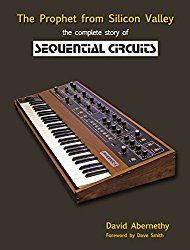
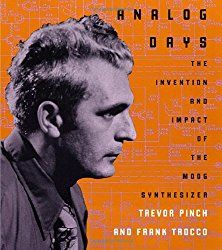
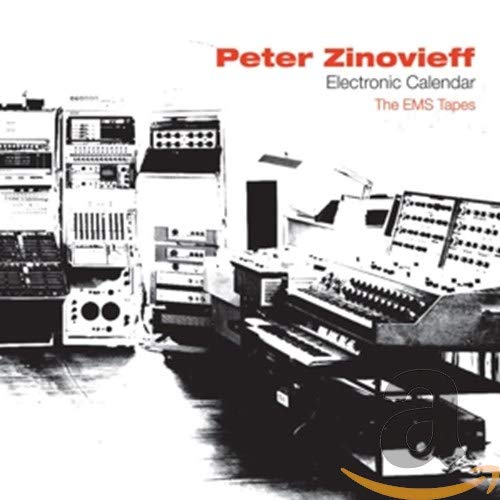
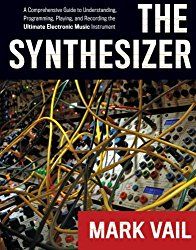
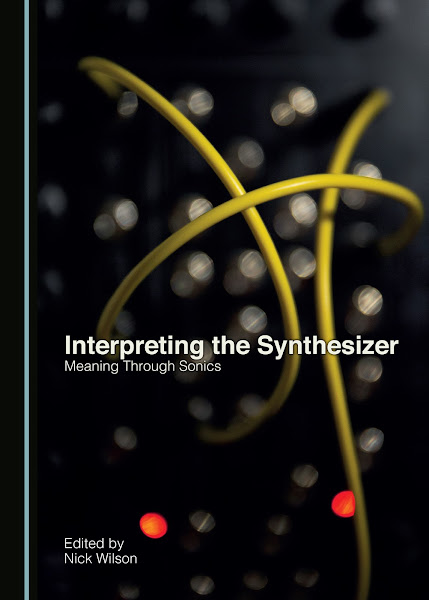
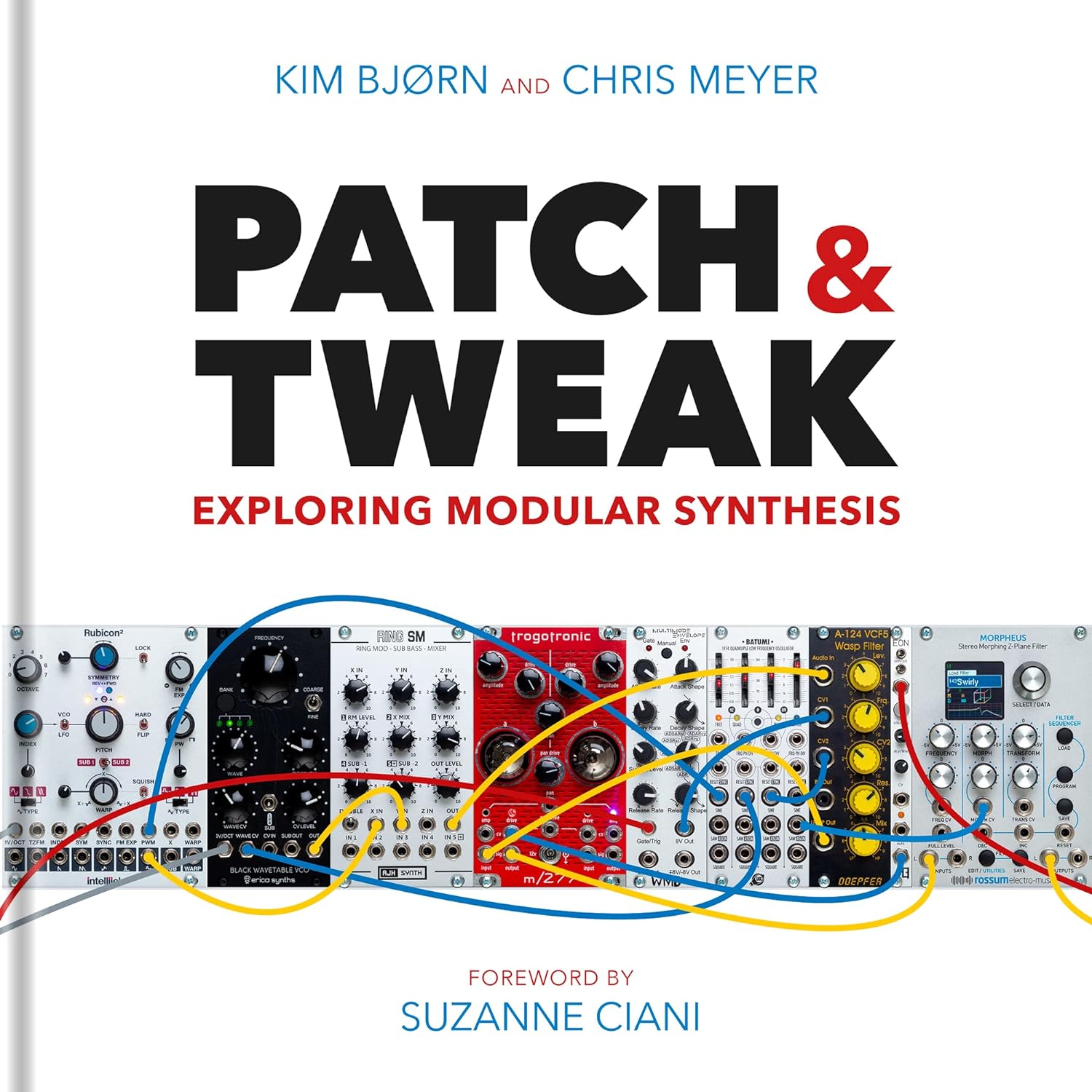
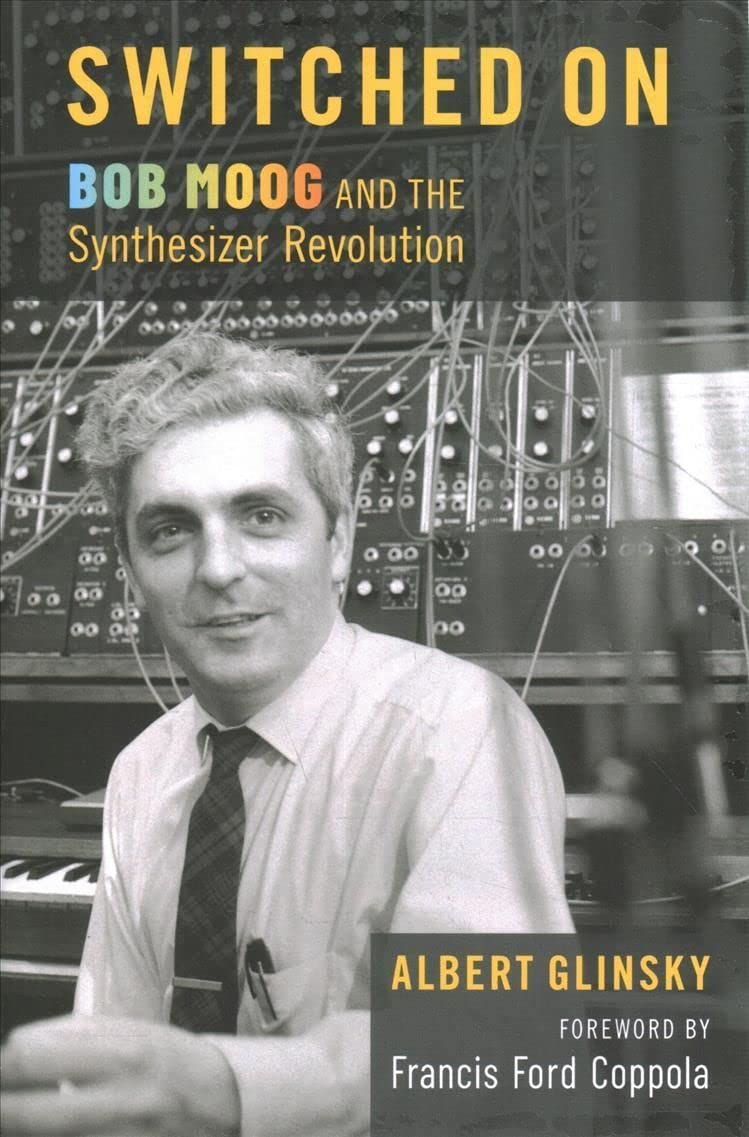
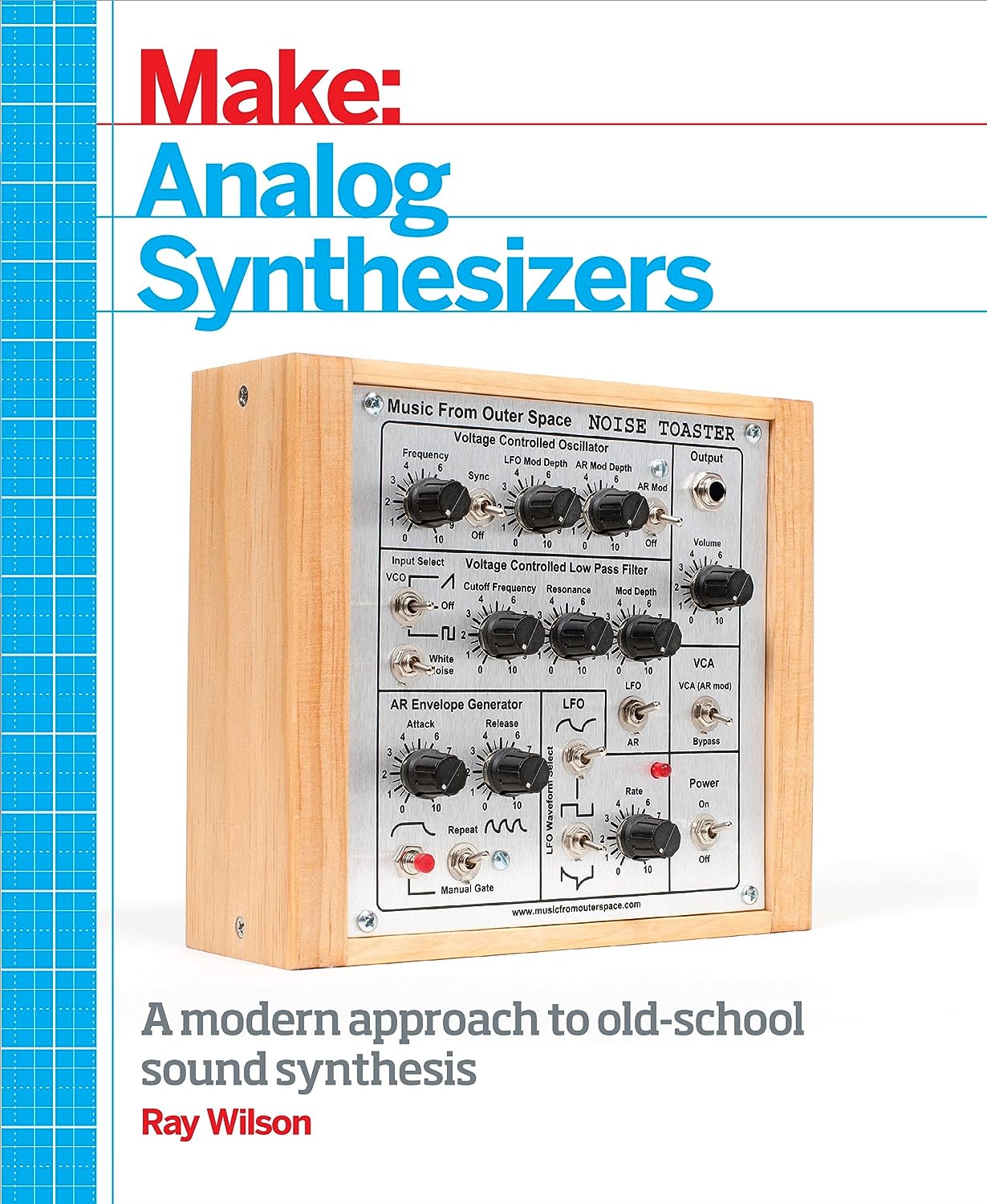
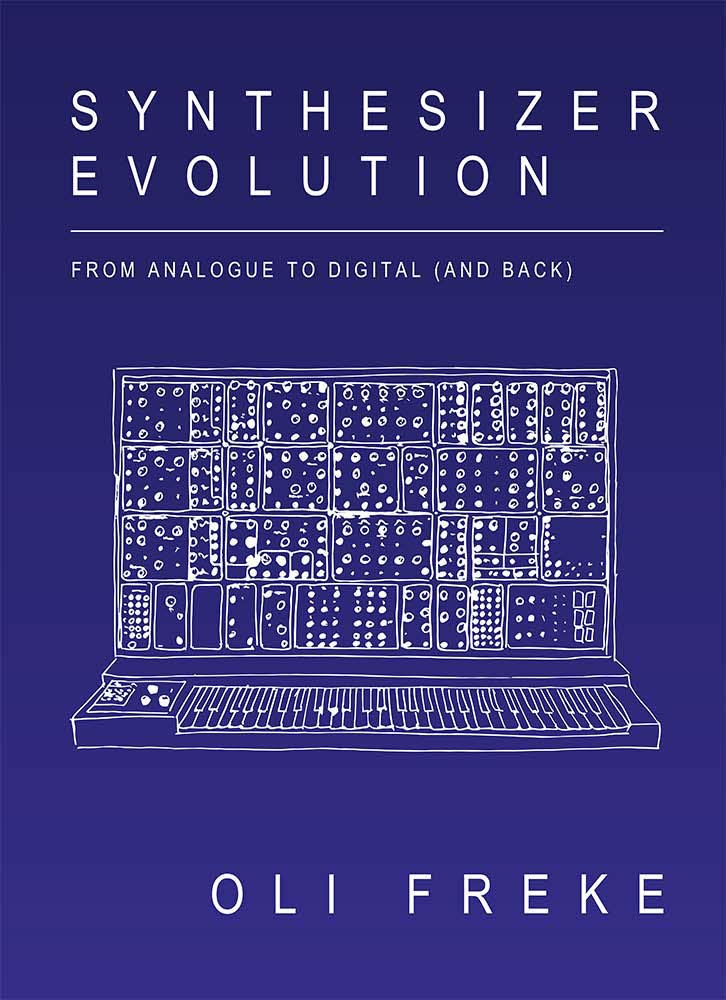
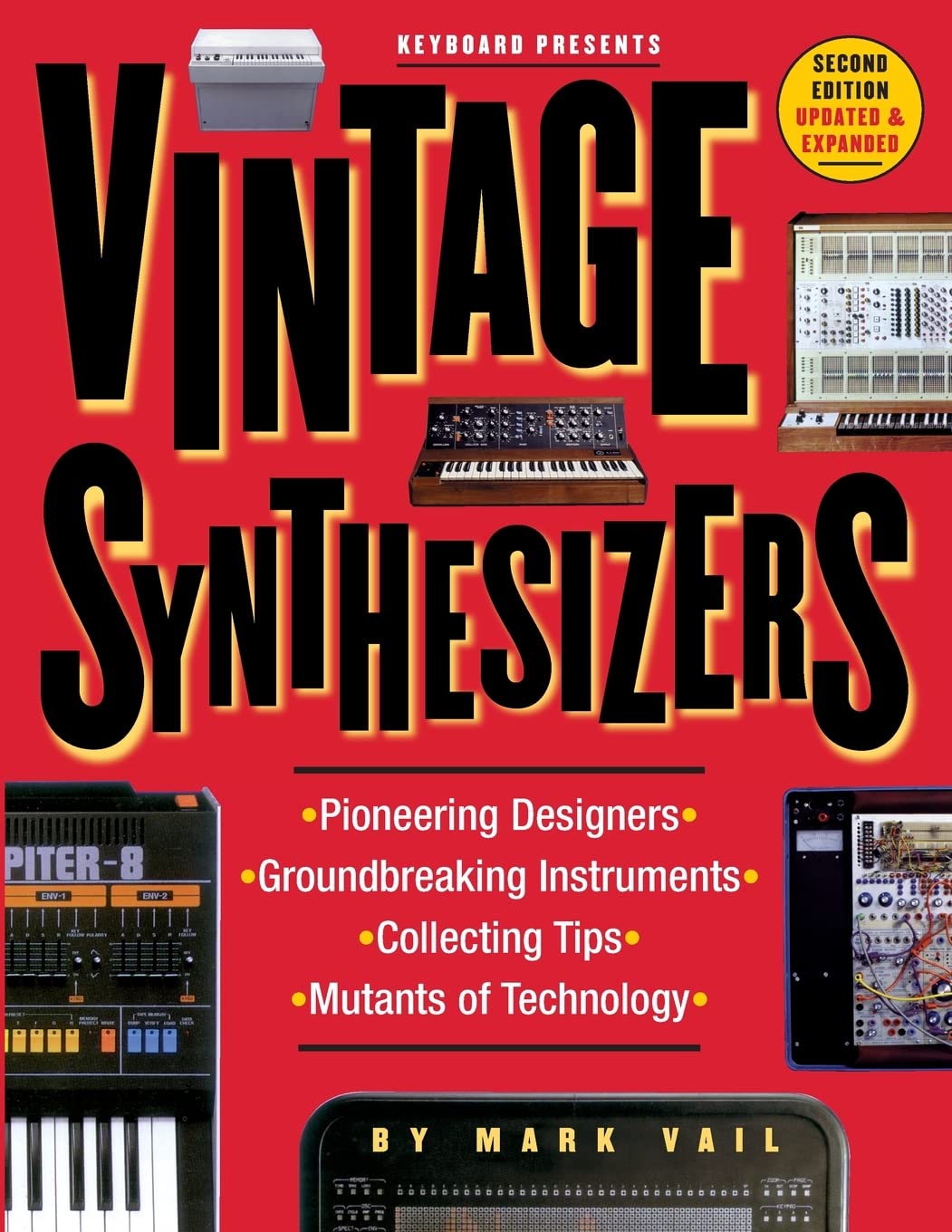
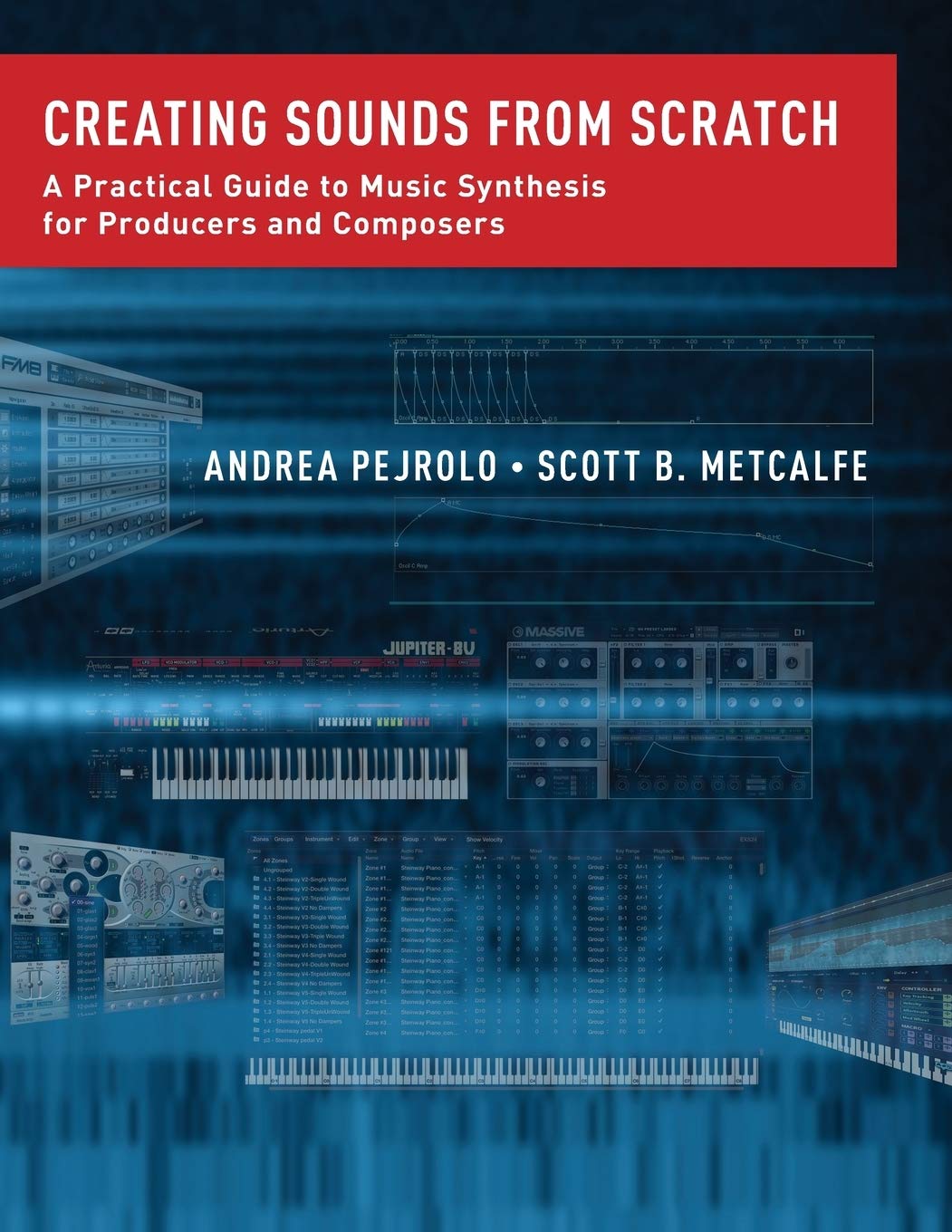
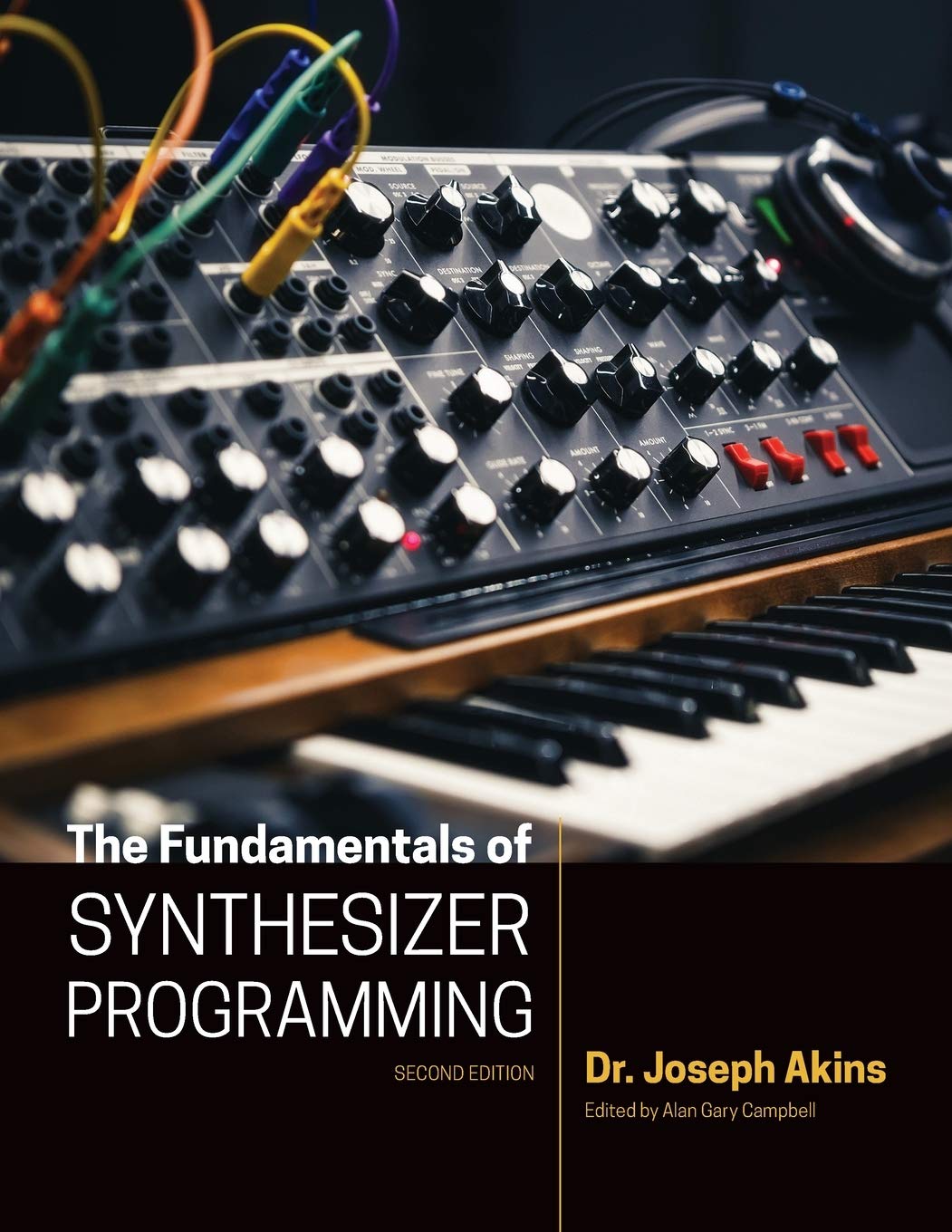

© Matrixsynth - All posts are presented here for informative, historical and educative purposes as applicable within fair use.
MATRIXSYNTH is supported by affiliate links that use cookies to track clickthroughs and sales. See the privacy policy for details.
MATRIXSYNTH - EVERYTHING SYNTH













© Matrixsynth - All posts are presented here for informative, historical and educative purposes as applicable within fair use.
MATRIXSYNTH is supported by affiliate links that use cookies to track clickthroughs and sales. See the privacy policy for details.
MATRIXSYNTH - EVERYTHING SYNTH



